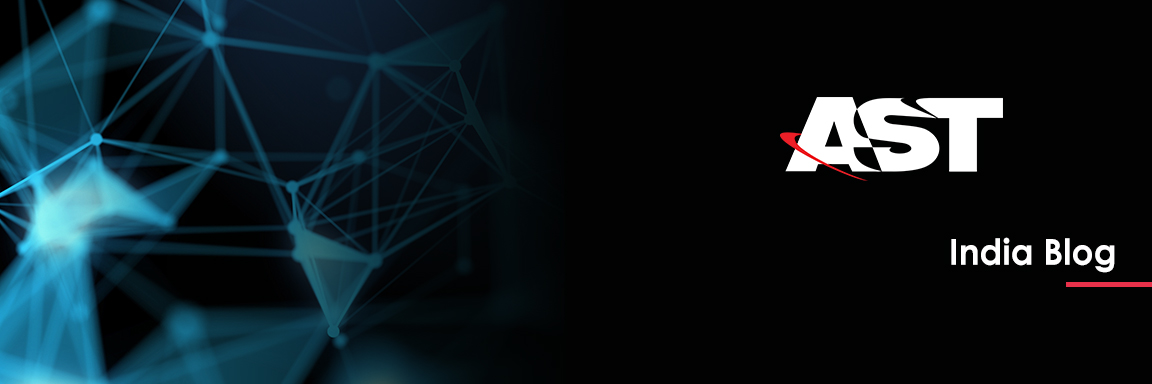Understanding Enterprise Data Governance: An Introduction
From executive sponsorship to the execution of effective, collaborative work flows, human interaction is critical to the success of any data governance (DG) initiative.
Typically, the technical aspects of data governance are much easier to control. Given the enormity of the topic, we will first define the types of data involved and introduce some of the key technologies that can be leveraged.
First, a few simplified definitions:
- Transaction Data is data that describes an event. It makes up the majority of data found in data stores within applications and data warehouses.
- Metadata Data provides definitions and descriptive models of various data sources, data elements, and processes.
- Master Data provides a best version enterprise view (or golden record), linking many references to a business entity (i.e. customers, locations, products, suppliers, etc.)
- Reference Data includes internally and externally defined classification schemes (codes and types) required by many systems.
- Dimension Data includes master and alternate hierarchical structures used for financial systems, data stores, reporting, and analytics.
- Data lineage is defined as a data life cycle that includes the data’s origins and where it moves over time. It describes what happens to data as it goes through diverse processes.
All business applications make heavy use of transaction data. Note that transaction data conforms to metadata and can include all the other types of data. For example, you will find elements from all of the data categories listed about with the Oracle Enterprise Resource Planning (ERP).
Metadata describes how data is formatted and organized, how it is used, and can also include allowed values. It does not include the actual data values that relate to specific business events. All transaction data elements will typically correspond to fields in a database table, which are, in turn, well described by multiple metadata solutions. The Oracle database uses a specific metadata protocol, descriptive language (DDL), to define and create the table.
Broader metadata tools, like Oracle Enterprise Metadata Management (OEMM), can also model processes that interact with the database, such as data transformation flows and business workflows. OEMM also allows the business and technical metadata definitions to be governed via workflows, and supports detailed data lineage analysis.
In our next update, we will explore enterprise data quality, business intelligence, and master, reference, and dimensional data technologies, and their roles in data governance solutions. Future updates will also include data authoring versus data consumption, big data, and the cloud, and their impacts on DG initiatives.
To learn more about utilizing Oracle’s Enterprise Metadata Management and Data Quality products, click here.

Leave a Reply